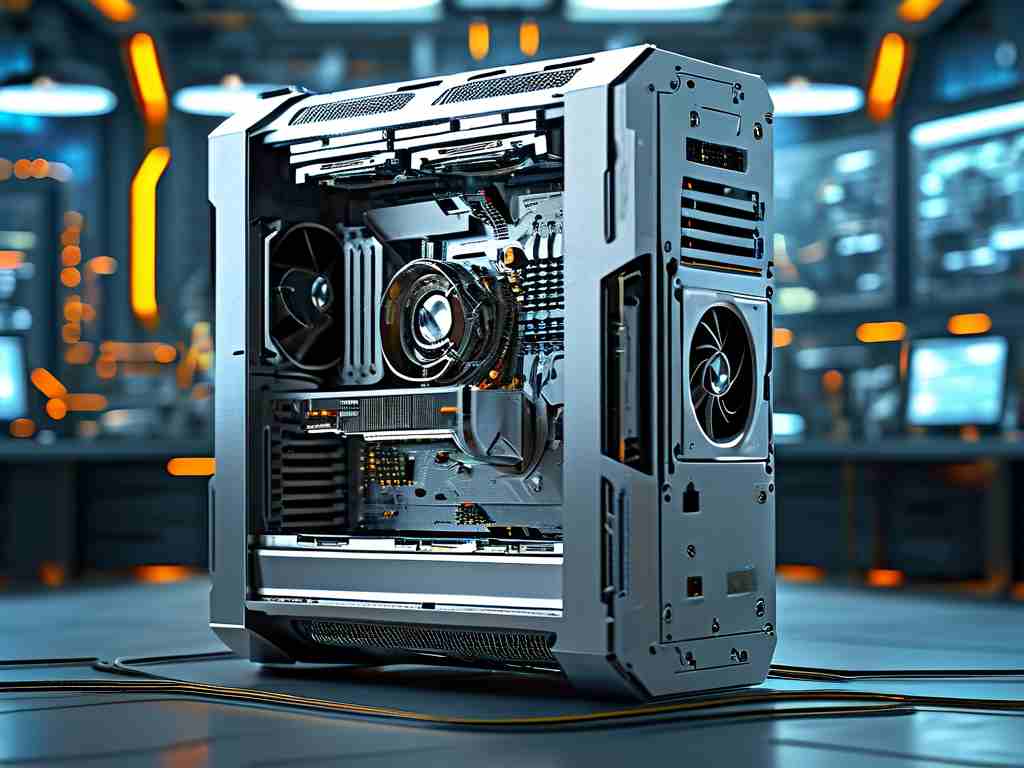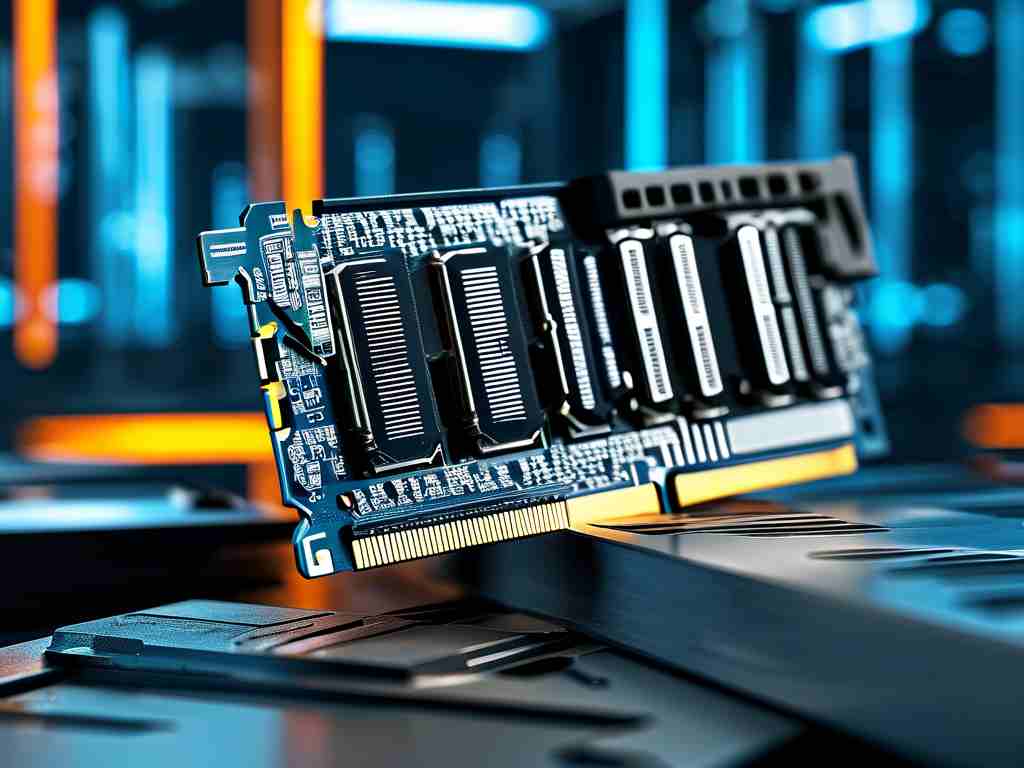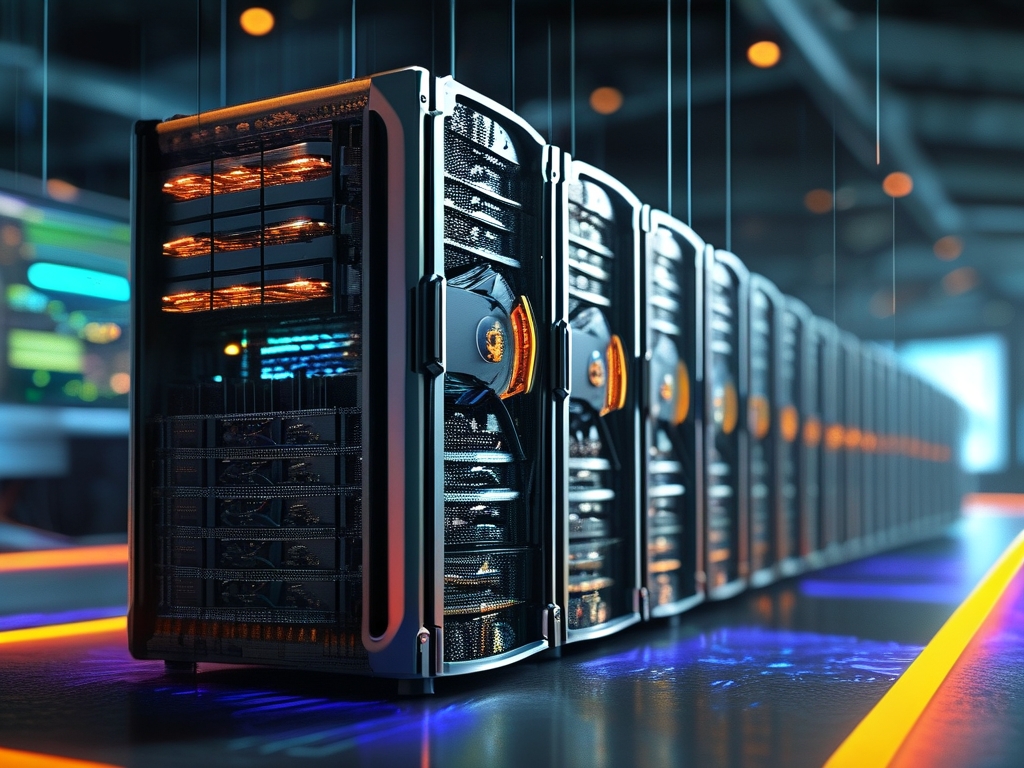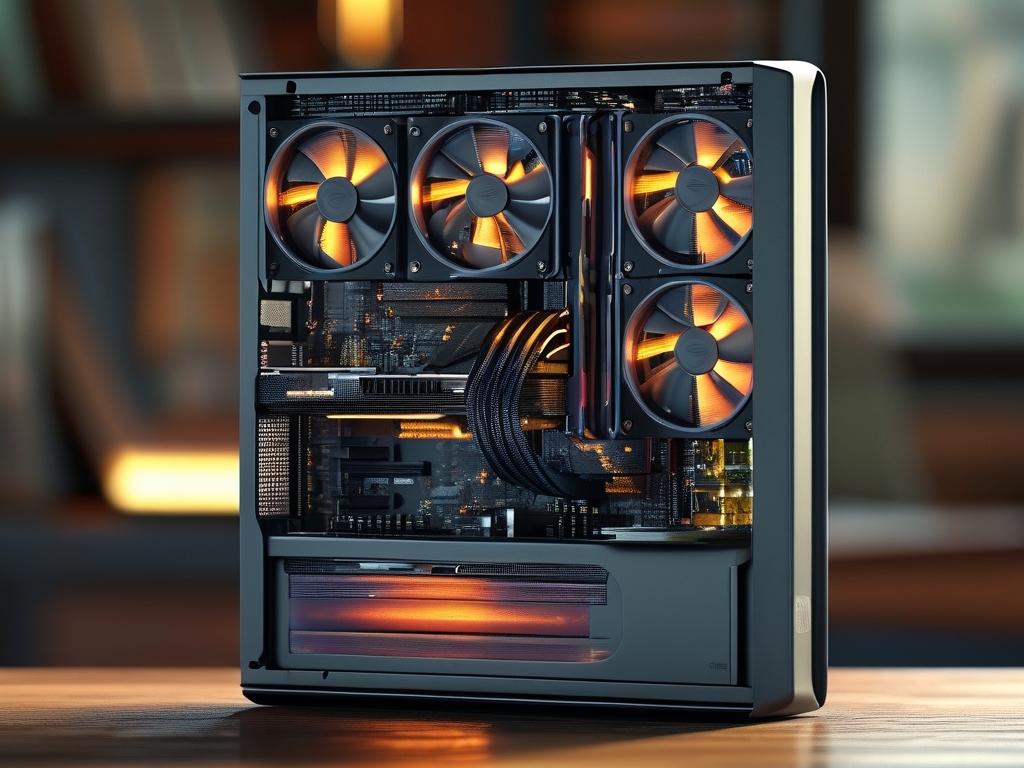In today's rapidly evolving data landscape, in-memory computing frameworks have emerged as game-changers by enabling ultra-fast data processing directly in RAM, bypassing traditional disk-based bottlenecks. This approach drastically reduces latency and boosts performance for real-time applications, from financial trading to IoT analytics. As organizations seek agility, understanding common product types becomes essential for informed decision-making.

One prevalent category is in-memory databases, designed to store and retrieve data entirely in memory for lightning-speed operations. Examples include Redis, which excels in key-value storage with sub-millisecond response times, and SAP HANA, tailored for enterprise-scale transactional and analytical workloads. These products shine in scenarios like e-commerce carts or fraud detection, where instant data access is critical. For instance, Redis allows developers to handle sessions or caching efficiently through simple commands. Here's a basic code snippet using Redis in Python:
import redis
r = redis.Redis(host='localhost', port=6379, db=0)
r.set('user:123', 'active') # Store data in memory
status = r.get('user:123') # Retrieve instantly
print(status) # Outputs: b'active'
This snippet demonstrates how Redis leverages memory for quick writes and reads, making it ideal for high-velocity use cases.
Another key type is in-memory data grids, which distribute data across multiple nodes in a cluster for scalability and fault tolerance. Products like Apache Ignite and Hazelcast fall into this group, offering features such as distributed caching, compute capabilities, and SQL query support. They're often deployed in microservices architectures to handle massive datasets, such as in ad-tech platforms processing billions of events. Unlike standalone databases, data grids enable horizontal scaling—adding nodes dynamically to manage load spikes without downtime. This resilience makes them perfect for cloud-native environments where elasticity is paramount.
In-memory analytics platforms represent a third category, focusing on real-time data analysis and machine learning. Frameworks like Apache Spark with its in-memory processing engine allow users to run complex queries on large datasets at unprecedented speeds. For example, Spark can ingest streaming data from sources like Kafka, perform aggregations in RAM, and output insights within seconds for dashboards. This capability transforms industries like healthcare, where predictive models on patient data must update continuously. The shift from batch to in-memory analytics reduces ETL times and supports iterative experimentation, empowering data scientists to refine algorithms on the fly.
Stream processing frameworks with in-memory components also deserve mention, as they handle continuous data flows for event-driven applications. Tools such as Apache Flink or Kafka Streams use memory buffering to process streams in real-time, ensuring low-latency transformations and aggregations. In a retail setting, this might involve tracking user behavior across websites to trigger personalized offers instantly. The integration with other in-memory systems, like data grids, creates cohesive ecosystems that avoid disk I/O delays.
Adopting these frameworks brings tangible benefits, including reduced operational costs through efficient resource use and enhanced user experiences via snappier responses. However, challenges like memory management and cost of RAM hardware require careful planning. Organizations should evaluate factors such as data volatility and scalability needs when selecting a type—opting for databases for simple storage, grids for distributed resilience, or analytics for deep insights. Looking ahead, trends like hybrid memory architectures and AI-driven optimizations will likely expand these products' capabilities, making in-memory computing even more integral to digital transformation. By mastering these common types, businesses can future-proof their tech stacks and harness data's full potential.









